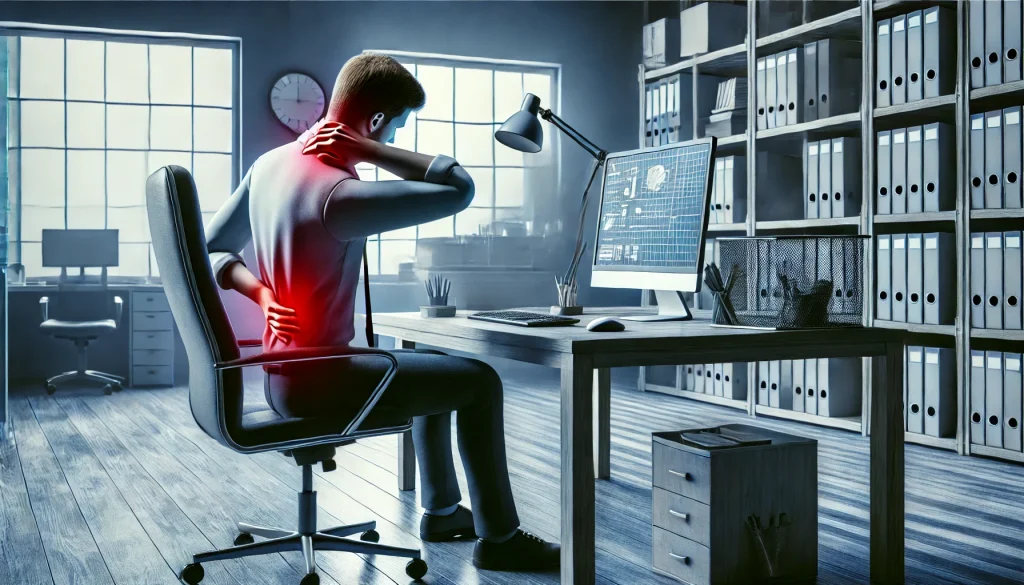A workers’ compensation claim denial can be a frustrating and stressful experience, especially when you’re dealing with a work-related injury or illness. In California, workers’ compensation laws are designed to provide benefits for injured employees, but disputes and denials are not uncommon. The good news is that a denied claim doesn’t mean the end of the road—you have options to appeal the decision and fight for the benefits you deserve.
This article explains common reasons for claim denials, steps to take if your claim is denied, and how to navigate the appeals process in California.
Common Reasons for Workers’ Compensation Claim Denials
Understanding why your claim was denied is the first step toward addressing the issue. Common reasons include:
1. Lack of Work-Relatedness
The insurer may argue that your injury or illness did not occur in the course and scope of your employment.
2. Insufficient Documentation
A lack of medical records or incomplete claim forms can lead to a denial.
3. Delayed Reporting
If you did not report your injury within the required 30-day timeframe, your claim may be denied.
4. Pre-Existing Conditions
Insurers may claim that your injury was caused by a pre-existing condition rather than your job duties.
5. Disputed Facts
Employers or insurers may dispute the circumstances of your injury, such as where or how it occurred.
6. Missed Deadlines
Failing to file your claim within the one-year statute of limitations can result in denial.
Steps to Take After a Claim Denial
If your workers’ compensation claim is denied, follow these steps to appeal the decision and protect your rights:
1. Review the Denial Letter
Carefully read the denial letter from the insurance company. It should include the reasons for the denial and instructions on how to appeal.
2. Contact the Claims Administrator
Reach out to the claims administrator for clarification about the denial. They may provide additional details or suggest ways to resolve the issue.
3. Gather Evidence
Strengthen your case by collecting evidence to address the reasons for the denial, such as:
- Medical records documenting your injury or illness.
- Witness statements from coworkers who can verify the incident.
- Photos or videos of the injury site or hazardous conditions.
- Employer communications or incident reports.
4. Consult an Attorney
An experienced workers’ compensation attorney can review your case, identify errors in the denial, and help you build a strong appeal.
5. File an Appeal
Submit an Application for Adjudication of Claim with the California Workers’ Compensation Appeals Board (WCAB) to begin the appeals process. This form must be filed within one year of the date your claim was denied.
Navigating the Workers’ Compensation Appeals Process in California
The appeals process involves several steps to resolve disputes between injured workers and insurers. Here’s what to expect:
1. Filing a Declaration of Readiness to Proceed
Once you’ve filed an Application for Adjudication of Claim, submit a Declaration of Readiness to Proceed (DOR) to request a hearing before a workers’ compensation judge.
2. Settlement Conference
The WCAB may schedule a settlement conference where both parties attempt to resolve the dispute without a formal hearing. A judge facilitates the discussion but does not issue a decision.
3. Hearing Before a Workers’ Compensation Judge
If the case isn’t resolved during the settlement conference, it proceeds to a formal hearing. Both parties present evidence, and the judge makes a decision based on the facts of the case.
4. Appealing the Judge’s Decision
If you disagree with the judge’s decision, you can file a Petition for Reconsideration with the WCAB. This must be submitted within 20 days of the judge’s ruling.
5. Further Appeals
If the WCAB denies your petition, you can appeal to the California Court of Appeal and, ultimately, the California Supreme Court if necessary.
Tips for a Successful Appeal
To improve your chances of a successful appeal, consider these strategies:
- Act Promptly:
Meet all deadlines for filing forms and appeals to avoid losing your right to benefits. - Gather Comprehensive Evidence:
Address the specific reasons for the denial with strong documentation and expert testimony if needed. - Work with an Attorney:
An attorney can navigate complex legal procedures, represent you during hearings, and advocate for your rights. - Be Honest and Consistent:
Provide accurate information about your injury and avoid exaggerating or downplaying your condition. - Prepare for Hearings:
Review your case thoroughly and be ready to explain how your injury occurred and why you believe it is work-related.
How an Attorney Can Help
Appealing a workers’ compensation denial can be overwhelming, especially when you’re dealing with an injury or illness. An experienced workers’ compensation attorney can:
- Review the denial letter and identify errors or omissions.
- Gather evidence to strengthen your case.
- Represent you during settlement conferences and hearings.
- Handle communications with the insurer and claims administrator.
- Ensure compliance with all legal requirements and deadlines.
Conclusion
A denied workers’ compensation claim can feel like a setback, but it’s not the end of the road. By understanding the reasons for the denial, gathering evidence, and navigating the appeals process, you can fight for the benefits you deserve under California law.
For complex cases or disputes, consulting an experienced workers’ compensation attorney can provide the guidance and support you need to secure a favorable outcome.



